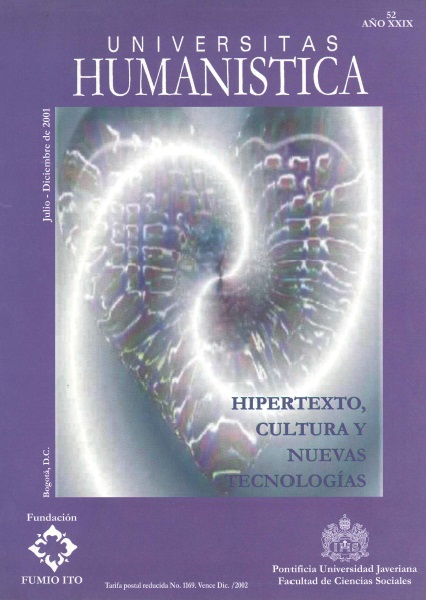Resumo
Este ensayo aborda los paradigmas estéticos, políticos y culturales con los cuales las Vanguardias entraron al escenario de la cultura europea a principios del siglo XX: su gran pasión por el cambio, la necesidad de renovación, la transitoriedad de un orden a otro y su heroísmo histórico. Hijas del espíritu crítico moderno; aferradas a la confianza que impulsó la Fenomenología de la Esperanza en el futuro, las vanguardias estéticas se observan aquí como un proceso donde el afán por lo diferente y lo novedoso impactó en los mecanismos de ciertas lógicas tradicionales del pensamiento de occidente.Sin embargo, este desarrollo de la protesta vanguardista, fue digerido en las últimas cuatro décadas del siglo XX por las manifestaciones mediáticas y las industrias culturales. Múltiples sucesos han puesto en cuestión sus planteamientos utópicos. Conocemos las crisis de las ideologías al final del siglo XX; sentimos el abismo dejado por la caída de los grandes Relatos modernos. Para muchos estas utopías han muerto, pues sus valores estético-políticos se han legitimado y reproducen el orden del establishment. Neoconservadora, hoy la vanguardia es víctima de las burocracias que tanto combatió, de las tecnocracias y del mercado internacional que la explota como mercancía exótica de un pasado mesiánico y genuino. Su trascendencia, reflexión, ruptura, pulsión crítica, la fe en el triunfo por la libertad, han decaído.

A revista Universitas Humanística encontra-se registada sob a licencia Creative Commons Versão 4.0 Internacional. Portanto, esta obra pode se reproduzir, distribuir e comunicar publicamente em formato digital, sempre que dado o crédito apropriado para os autores e a Pontificia Universidad Javeriana. Permite-se citar, adaptar, remixar, transformar, autoarquivar, republicar e criar a partir do material, para qualquer fim, mesmo que comercial, sempre que indicado apropriadamente o nome do criador, provido um link para a obra original e indicado se mudanças foram feitas. A Pontificia Universidad Javeriana não retém os direitos sobre as obras publicadas e os conteúdos são responsabilidade exclusiva dos autores, os quais conservam seus direitos morais, intelectuais, de privacidade e publicidade.
O aval sobre a intervenção da obra (revisão, correção, edição, tradução, formatação) e a subsequente difusão disponibiliza-se através de licença de uso e não através de transmissão de direitos, o que representa que a revista e a Pontificia Universidad Javeriana são isentas de qualquer responsabilidade que puder se derivar de uma prática ética pobre por parte dos autores. Em consequência da proteção fornecida pela licença de uso, a revista não fica na obrigação de publicar retratações ou alterar informações já publicadas, a não ser que a errata seja decorrente do processo de gestão editorial. A publicação de conteúdos nesta revista não representa royalties para os contribuintes.


